List of cool dinosaurs with pictures and facts. Discover the coolest dinosaurs of the Mesozoic Era!
Cool Dinosaurs
Cool dinosaurs are dinosaurs that have abilities, physical characteristics or lifestyles that are a little out of the ordinary. Chasmosaurus, for example, has a huge bony frill behind its head; Tarbosaurus had even smaller arms than T. rex; and Carnotaurus is a unique predatory dinosaur with horns.
We’re not saying that famous dinosaurs such as T. rex are boring – far from it – but on this page we’ve concentrated on lesser-known dinosaurs that true dinosaur fans will appreciate.
Other Dinosaur Lists
- Top 20 Famous Dinosaurs
- Triassic Dinosaurs List with Pictures and Facts
- Jurassic Dinosaurs List with Pictures and Facts
- Cretaceous Dinosaurs List with Pictures and Facts
- Mesozoic Animals List with Pictures and Facts
Top 10 Cool Dinosaurs List With Pictures And Facts
What’s your favorite cool dinosaur? Are there any other cool dinosaurs that you think should be on this list? Let us know in the comments section at the bottom of the page!
10. Tarbosaurus
- Type of dinosaur: Theropod
- Where found: Asia
- Period: Late Cretaceous
- Size: 39 ft. / 12 m
- Cool feature: Asia's T. rex
While tyrannosaurids such as T. rex, Albertosaurus and Gorgosaurus were terrorizing North America during the Late Cretaceous, their cousin Tarbosaurus was doing the same in Asia.
The name Tarbosaurus means “alarming lizard”, which is apt for such a fearsome animal.
Although not quite as big as Tyrannosaurus, Tarbosaurus was still a large tyrannosaurid, reaching 39 ft. / 12 m in length and up to 5 metric tonnes / 5.5 short tons in weight.
Its arms, however, weren’t quite as impressive. T. rex may be known for its small forelimbs, but those of Tarbosaurus were even smaller.
Arms clearly weren’t important for large tyrannosaurids. Tarbosaurus hunted large dinosaurs such as sauropods and hadrosaurs (its teeth marks have been found on the fossilized remains of Saurolophus and other dinosaurs).
9. Euoplocephalus
- Type of dinosaur: Ornithischian
- Where found: North America
- Period: Late Cretaceous
- Size: 23 ft. / 7 m
- Cool feature: Tail club
Euoplocephalus, whose name means “well-armed head”, was a member of Thyreophora, a group of dinosaurs known as “armored dinosaurs”. This group contains two sub-groups: Stegosauria and Ankylosauria; Euoplocephalus belongs to the latter.
This 2.5 (metric) tonne Cretaceous Period dinosaur was built like a tank, with thick bony armored plates covering its powerful body. It was also well-armed, with a formidable bony club at the end of its tail. Despite its fearsome appearance, Euoplocephalus was herbivorous, equipped with a beaked mouth for eating low-growing foliage.
Euoplocephalus appeared slightly before its bigger and better-known cousin, Ankylosaurus. It became extinct around 10 million years before the end of the Cretaceous Period.
8. Deinocheirus
- Type of dinosaur: Theropod
- Where found: Asia
- Period: Late Cretaceous
- Size: 33 ft. / 10 m
- Cool feature: Long arms with 10 in. / 25 cm long claws.
Deinocheirus is an ornithomimosaur (ostrich-dinosaur). Dinosaurs in this group were generally fast-moving bipedal animals, with an appearance and lifestyle similar to the living bird after which the group is named.
Deinocheirus was the largest ornithomimosaur, and unlike others in the group, seems not to have been built for speed. It may have relied instead on its large size as a defense against predators.
The arms of Deinocheirus were almost 8 ft. / 2.4 m long; the longest of any bipedal dinosaur. The long arms and powerful claws were likely used for digging or reaching for foliage.
Deinocheirus was probably an omnivore that foraged in aquatic environments.
7. Chasmosaurus
- Type of dinosaur: Ornithischian
- Where found: North America
- Period: Late Cretaceous
- Size: 16.5 ft. / 5 m
- Cool feature: Huge bony frill behind the head
Chasmosaurus was a herbivorous, beaked dinosaur in the same family, Ceratopsidae, as the more famous Triceratops.
Like other ceratopsians, Chasmosaurus had a horn on its nose and above each eye, but that’s not why it’s on this list of cool dinosaurs: what made Chasmosaurus stand out was its enormous frill.
The frill is unlikely to have been used either as a weapon or as armor. This is because it was not a solid plate of bone; it was more like a frame, with two large openings that would have been covered in skin.
Although it’s impossible to know for sure, paleontologists think that in real life the frill may have been brightly colored and / or patterned, and used for display or courtship purposes.
6. Ceratosaurus
- Type of dinosaur: Theropod
- Where found: North America / Europe
- Period: Late Jurassic
- Size: 20 ft. / 6 m
- Cool feature: Armed with three horns: one on the snout; another above each eye.
The name Ceratosaurus means “horned lizard”. It refers to the dinosaur’s fearsome array of horns – one on the nose, and another above each eye. Another distinctive feature of this Jurassic predator was a row of bony plates, known as scutes, that ran along its neck, back and tail.
Ceratosaurus may have used its horns to battle other males for dominance.
Armed with extra-long teeth, which projected up to 3.7 in (9.3 cm) from the gum, Ceratosaurus was a mid-sized predator that may have specialized in catching fish and other aquatic prey. Some paleontologists suggest that its deep, thin tail was used for swimming.
You can find out more about Ceratosaurus on this page: Ceratosaurus Facts
5. Carnotaurus
- Type of dinosaur: Theropod
- Where found: South America
- Period: Late Cretaceous
- Size: 30 ft. / 9 m
- Cool feature: Armed with fearsome horns
At around 30 ft. / 9m in length, Carnotaurus wasn’t the largest of the theropods, but it was one of the most distinctive; above each eye was a prominent horn. This is a feature seen in few other predatory dinosaurs.
Paleontologists are unsure as to the exact function of Carnotaurus’s horns. The dinosaur also had a very powerful neck, so it’s possible that the horns were used by the males when fighting to establish dominance.
Weighing around 1.35 metric tonnes / 1.49 short tons, Carnotaurus was relatively athletic, and capable of reaching speeds of up to 35 mph / 56 kmh.
4. Carcharodontosaurus
- Type of dinosaur: Theropod
- Where found: Africa
- Period: Late Cretaceous
- Size: 36 ft. / 11 m
- Cool feature: Named after the great white shark
Carcharodontosaurus was a large theropod dinosaur that roamed North Africa in the Late Cretaceous. This fearsome predator weighed up to 15 metric tonnes (16.5 tons), and was probably both heavier and longer than T. rex.
The first Carcharodontosaurus fossils to be found were teeth, and it is after its teeth that the dinosaur is named; Carcharodontosaurus means “great white shark lizard”. The 8 inch long, serrated teeth resemble those of the modern-day ocean predator.
Armed with a mouthful of those fearsome teeth, and supported by mighty thigh muscles, Carcharodontosaurus likely preyed on sauropods. It is one of the largest land predators that has ever lived.
3. Styracosaurus
- Type of dinosaur: Ornithischian
- Where found: North America
- Period: Late Cretaceous
- Size: 18 ft. / 5.5 m
- Cool feature: Large horned frill
Some dinosaurs had horns, some had a large frill, but Styracosaurus took things one step further by having a large frill with horns on. In addition to this incredible head-piece, this cool dinosaur has a rhino-like nose horn that grew to around 2 ft. / 60 cm in length.
Styracosaurus’s shield-like frill was decorated with no less than six large horns. The exact function of the horned frill is unknown, but the most likely explanation is that it was used as a display to attract mates.
Styracosaurus is thought to have lived in herds because large numbers of fossils have been found in the same location.
2. Europasaurus
- Type of dinosaur: Sauropod
- Where found: Europe
- Period: Late Jurassic
- Size: 20 ft. / 6.2 m
- Cool feature: A miniature Brachiosaurus
Sauropods were the giants of the Mesozoic Era; dinosaurs such as Brachiosaurus, Apatosaurus and Diplodocus were colossal, long-necked, long-tailed animals that lumbered around on four, tree-trunk-like legs. Sauropods are the largest land animals ever to have walked on Earth.
Europasaurus was different. Although it looked like a typical sauropod, it was much, much smaller. Reaching an adult length of 20 ft. / 6.2 m, Europasaurus was just a fifth of the size of the largest sauropods.
Europasaurus is thought to have lived on an island that had become isolated from the mainland. Its small size is an example of a biological process known as “insular dwarfism”, in which species evolve smaller body sizes as a result of living in a confined area.
1. Deinonychus
- Type of dinosaur: Theropod
- Where found: North America
- Period: Early Cretaceous
- Size: 9.75 ft. / 3 m
- Cool feature: Deinonychus was the dinosaur on which the “Velociraptors” of Jurassic Park were based.
The name Deinonychus means “terrible claw”, which is enough to warrant its inclusion in a list of cool dinosaurs. But that’s not all that makes Deinonychus special; this mid-sized predator helped change the public’s entire perception of dinosaurs. American paleontologist John Ostrom used it as an example of a new-breed of fast-moving, nimble and smart dinosaurs; previously, dinosaurs had been regarded as being slow-moving, cumbersome and slow-witted.
The killer claws after which Deinonychus is named are located on the hind feet, one on each second toe. They were around 4.7 in. (12 cm) in length.
Yet another reason that Deinonychus should be included in this list of cool dinosaurs is that it is the “true” velociraptor in the Jurassic Park films. Although the dinosaurs in the film were based on Deinonychus, writer Michael Crichton used the name Velociraptor because he felt it was more dramatic.

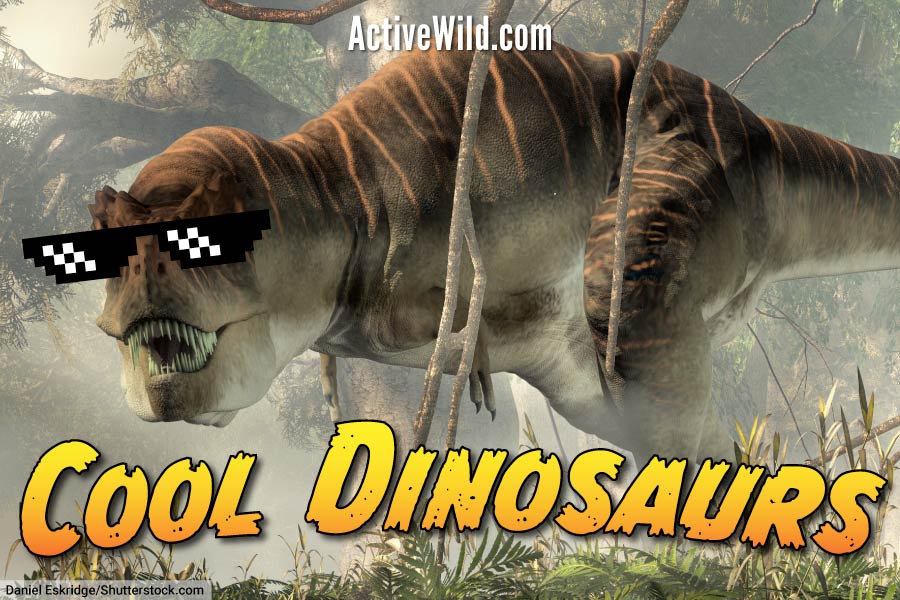
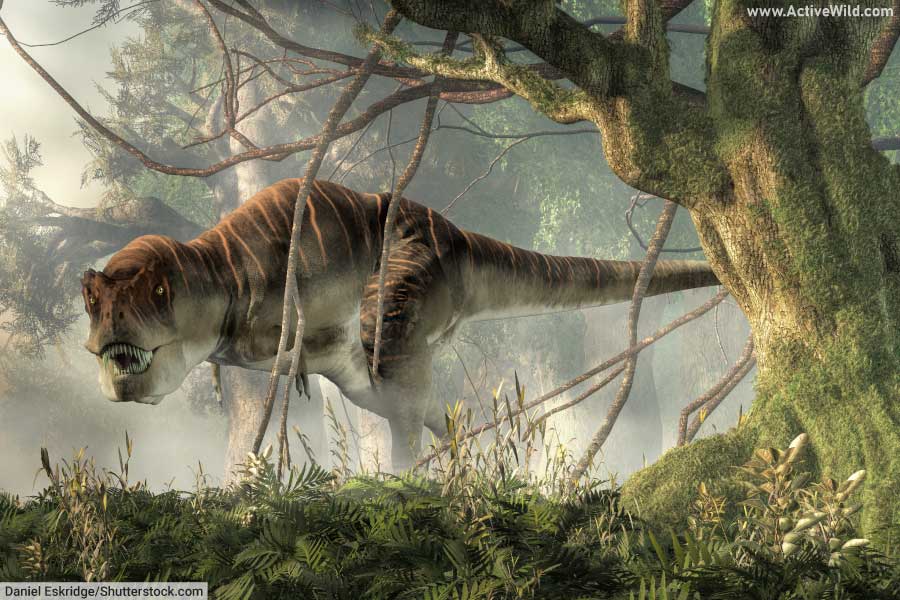
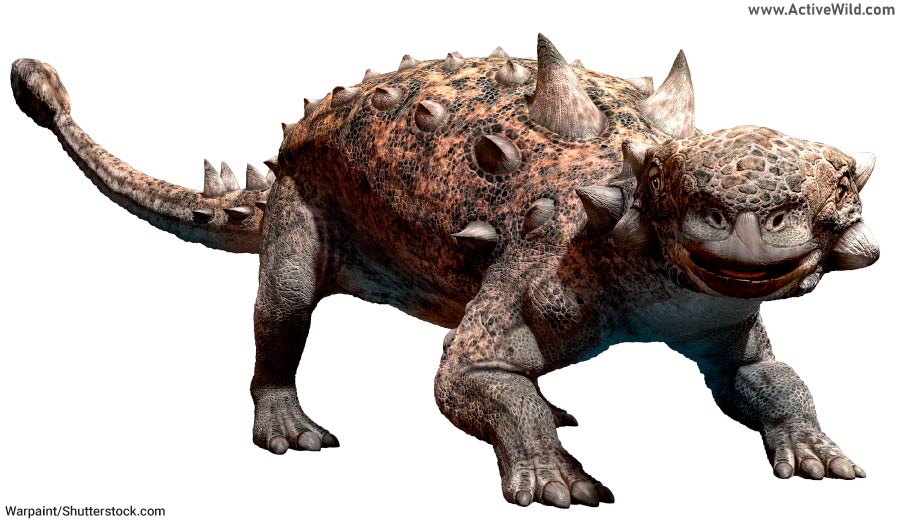

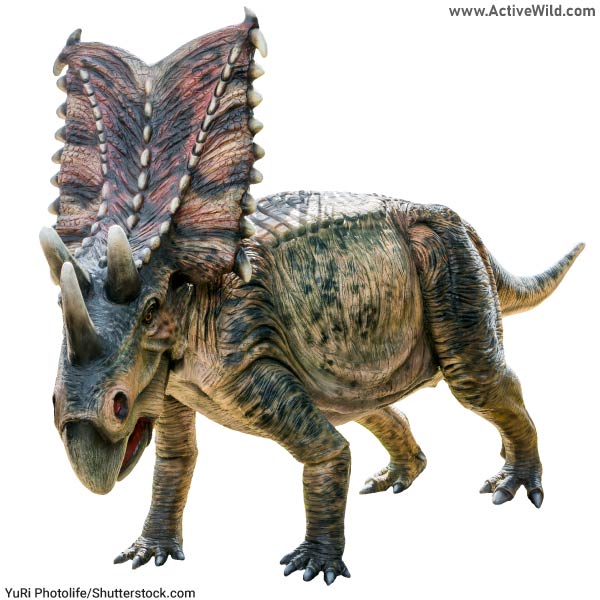
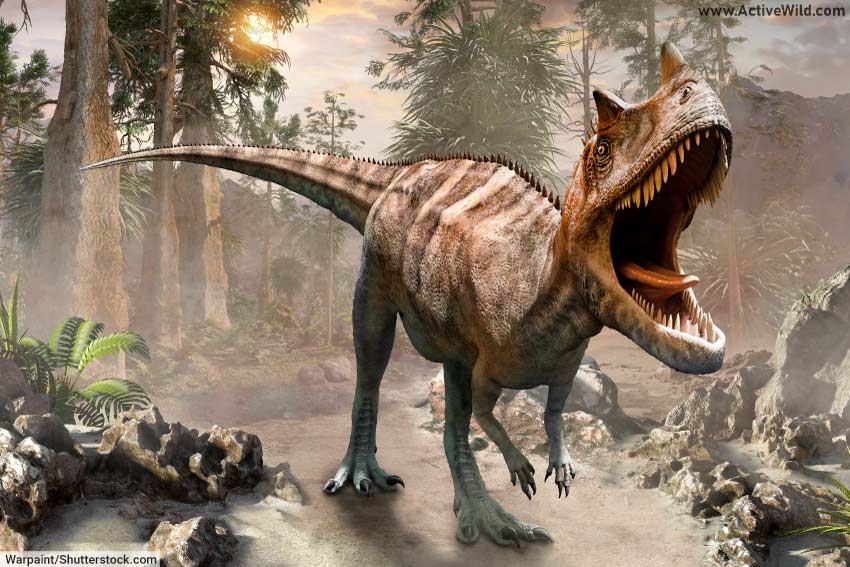




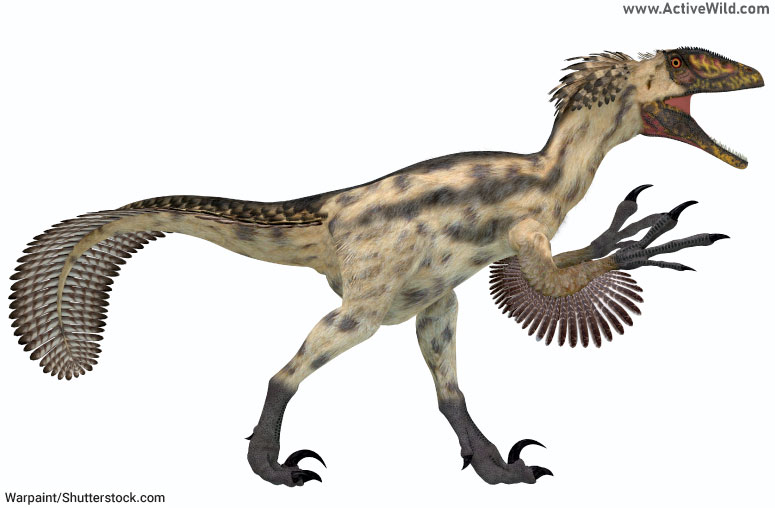

I am a heavy equipment operator, and honorary, Archeologist in northeast AR. I have been a rockhound for six years, and through that passion, have discovered remains that I can only conclude are claws,teeth , nuclear, and bone mass of pre historic animals.i would love to share these finds in photo fashion if someone with proper knowledge, to help guide me through this. Crawley Ridge area